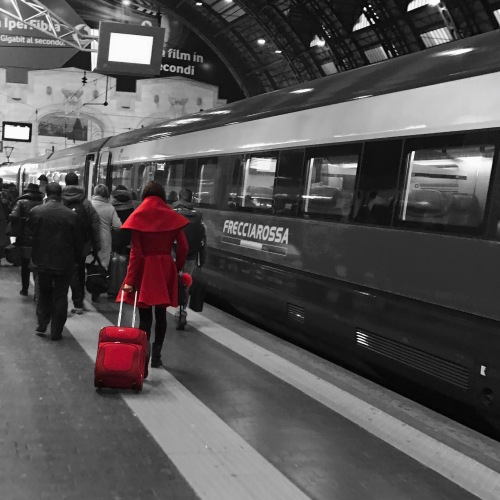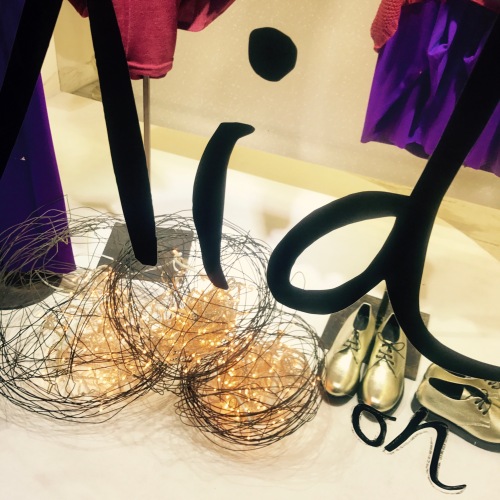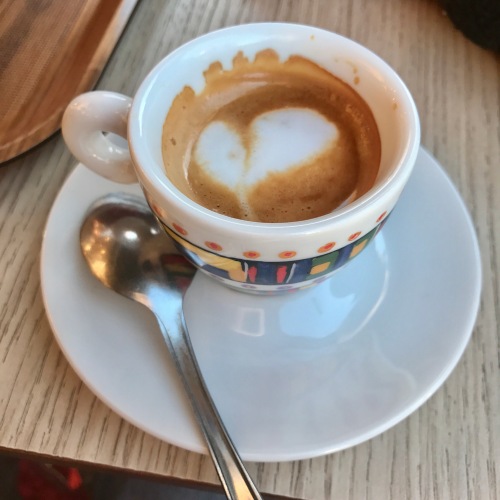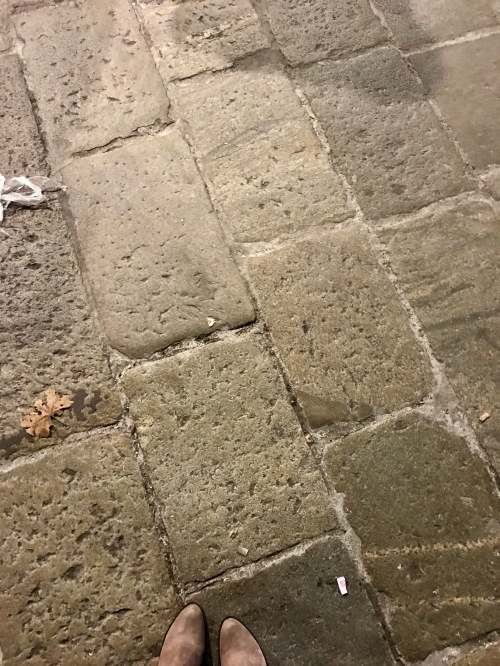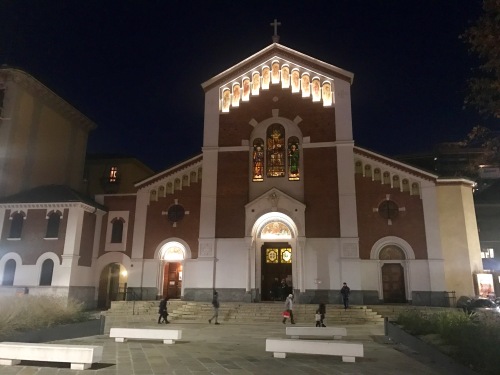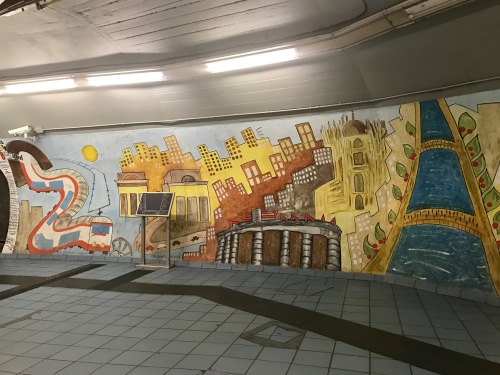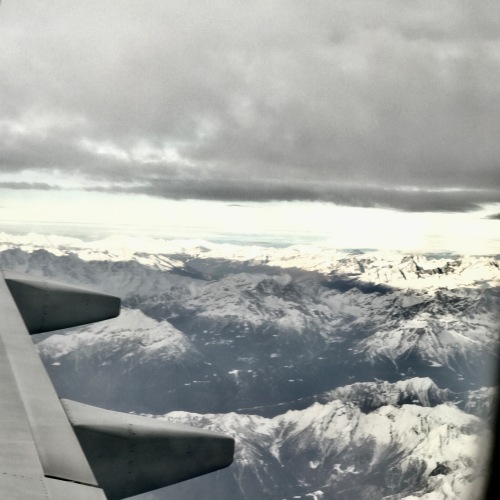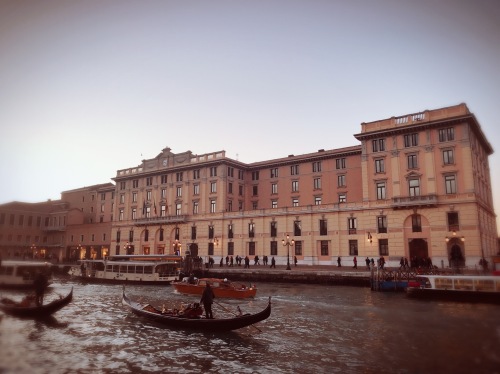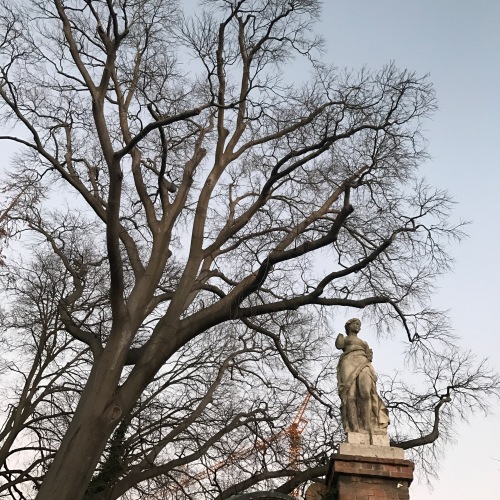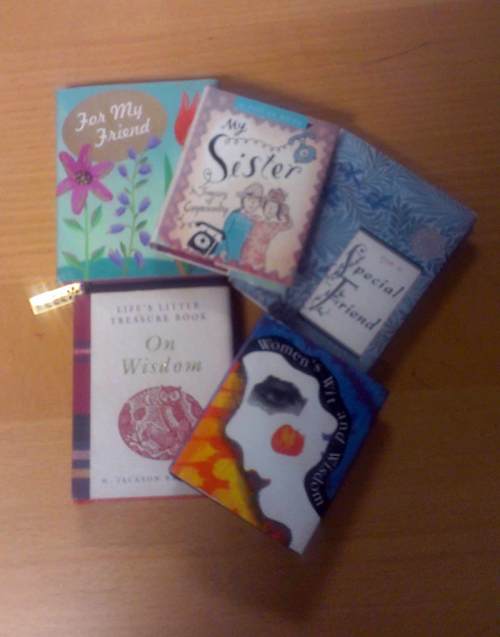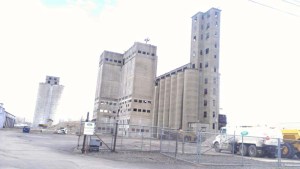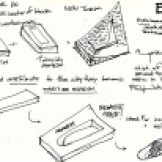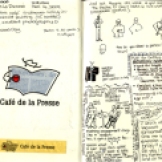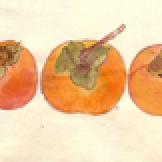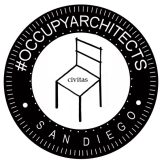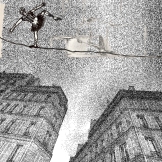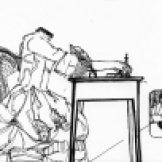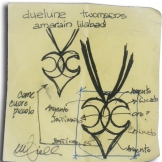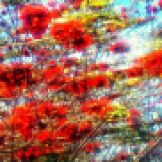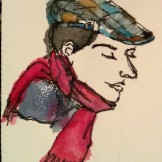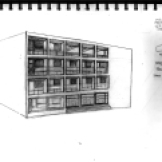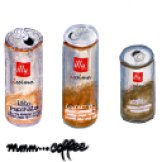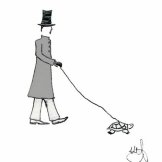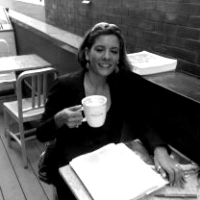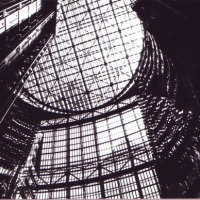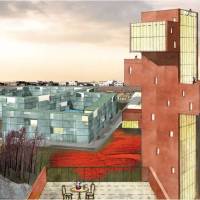
Steel frame poetry. Click for more info ore read below.
Choi+Shine, a Massachusetts-based design studio has recently received the Boston Society of Architects Unbuilt Architecture Award for their creative concept Land of Giants™, transforming the generic steel-framed electricity pylons across the Icelandic landscape into unique, individual humanised forms.
Read the World Architecture News article here.
In contrast to the poetry of the unbuilt, and whenever I see vision in design and architecture, there are the missed opportunities of the city around me. In my History of Architecture class I like to tell students that Architecture is built politics. By this I mean that the architecture of the civilizations we study, even the built environment around us, is the embodiment of a people’s values, belief system, socio-economic conditions (or agendas). Architecture can literally be considered ‘the body politik’.
During a recent conversation with a colleague the meaning of absence came up, that is, the absence of benches or piazzas in downtown San Diego. America’s Finest City enjoys the perfect temperate weather, is gifted with a beautiful natural setting, and yet its downtown does not invite enjoyment, people watching, outside of commercial establishment. This is a city that is, peculiarly, not urban at all, but fragmented, servile to cars, at times alienating. In the heart of its historical quarter, the Gaslamp, the city does not yield; no place to sit and pause to take it in.
There could be such place: Horton Plaza.

Downtown San Diego. Horton Plaza is in the 'Core'. Balboa Park is visible on the upper right corner. from onlinesandiegohomes.com
Horton Plaza/Fountain Side is a potential piazza whose use is twarthed by the deliberate use of ‘discomfort’ tactics: rough landscaping and the absence of benches, or seating at human-being level. I see tourists crouching down on curb edges everytime I walk by. There is a plan by the CCDC to ‘reenvision” the public park to make it more attractive‘.

Horton Plaza, facing the U.S Grant Hotel. San Diego, 1910. Fountain and plaza design by Irving Gill, who proposed four tiled walks (the city approved two, not tiled). Notice the cordoned-off lawn, and the absence of benches, even back then. sandiegodailyphoto.blogspot.com

Horton Plaza before 2008, with fountain still operable. It is flanked by a mall by the same name ( I love when malls appropriate the names of public space they displace, names such as 'Plaza', 'Avenues', 'Boulevard' etc.). Tall, unattractive plantings and no benches make the use of this piazza impossible. From http://sdhs1960.org/photos/yesterdaytoday.html. Adding ugliness to infamy, the fountain has remained fenced and inoperable for two years with no immediate plans for restoration. From signonsandiego.com
Horton Plaza/’Farmer Market’ Side is an open space eager to be a piazza, yet at the stage of ‘Piazza. Interrupted’. Why? The absence of seating, appropriate lighting, or a focal point in this location (a fountain? a modern sculpture?) renders this an open space to be traversed as quickly as possible, day or night, where spontaneous gathering is not encouraged (except for the commercially-viable weekly Farmers’ Market half-days or the inescapable ritual of the holiday ice-rink).

Horton Square, between the Horton Plaza Mall and the NBC building in Downtown San Diego. From shindohd@ flickr.com.
But Horton Square has potential, at least it’ s not a permanently-in-shade, unusable ‘public space’ such as those found among high-rises in financial districts nation-wide. You know what I’m talking about.

Wells Fargo 'Plaza', Financial district, San Diego. from frwl @ flickr.com.
Upon reading ‘ Why Public Spaces Fail’, it seems like San Diego has used this article as a blueprint to eschew its public responsibility and alienate the public sphere.
Of course anytime public space is brought up, the issue of the homeless is dragged out like a decaying corpse from the cellar, to once more make an appereance in trite arguments. The refrain goes ‘ We cannot have any public space in San Diego because of the homeless’. Meaning, if you build it, they (the homeless) will come. And we can’t have that. It’s as if the city, to paraphrase Ani di Franco’s words, instead of curing the disease, is bent on suppressing any evidence of the symptoms.
Of course we have the public, but touristy, Seaport Village and our cultural, manicured, Balboa Park. Both are not integrated with the urban fabric of downtown San Diego, that is they are destinations, not generators (can I say incubators?) of urban moments within the streets/flow of the city.
Balboa Parkis a wonderful (or maybe just pretty, depends on the days and my mood) public space, also designed by Irvin Gill, and yet it is a place apart, an idyllic, bucolic, museum-filled oasis . I have not tried to go there at night, but I suspect that, in addition to dangerous, the park closes at night (like most American parks, something that doesn’t happen for public spaces in Europe). There are no night activities encouraged in Balboa, except for going to eat at The Prado restaurant, which stops serving food around ten. This could also says something about San Diego early bird ethic, and limited vision when it comes to cultural events. Balboa Park could be made an integral part of Downtown by better, more frequent transportation and by its transformation into a cultural hub, with stores and museums open at night. There are already good news: the main plaza of the park, originally designed as a public space and made in recent decades into an ugly valet parking lot is to be restored to its original use (!!). San Diego will finally have a true piazza (hopefully with seating opportunities) and I for one plan to go there sketching as often as possible.
The lack of piazzas or urban public spaces is not of course a San Diego phenomenon, or a Southern Californian one, but a North-American one. Why criminalize the act of spontaneous gathering, why call it ‘loitering’? We do not have this word in the Italian language, not with the negative connotation. What else but healthy loitering and thinking is done in piazzas in Italy? We can speculate, get political, be conspiracy theorists. We could talk about the privatization of public space. We could wax poetic about missing piazzas and the public consciousness of European cities.
Or we could-maybe- all agree on the beauty of (un)built poetry.


Read Full Post »






































